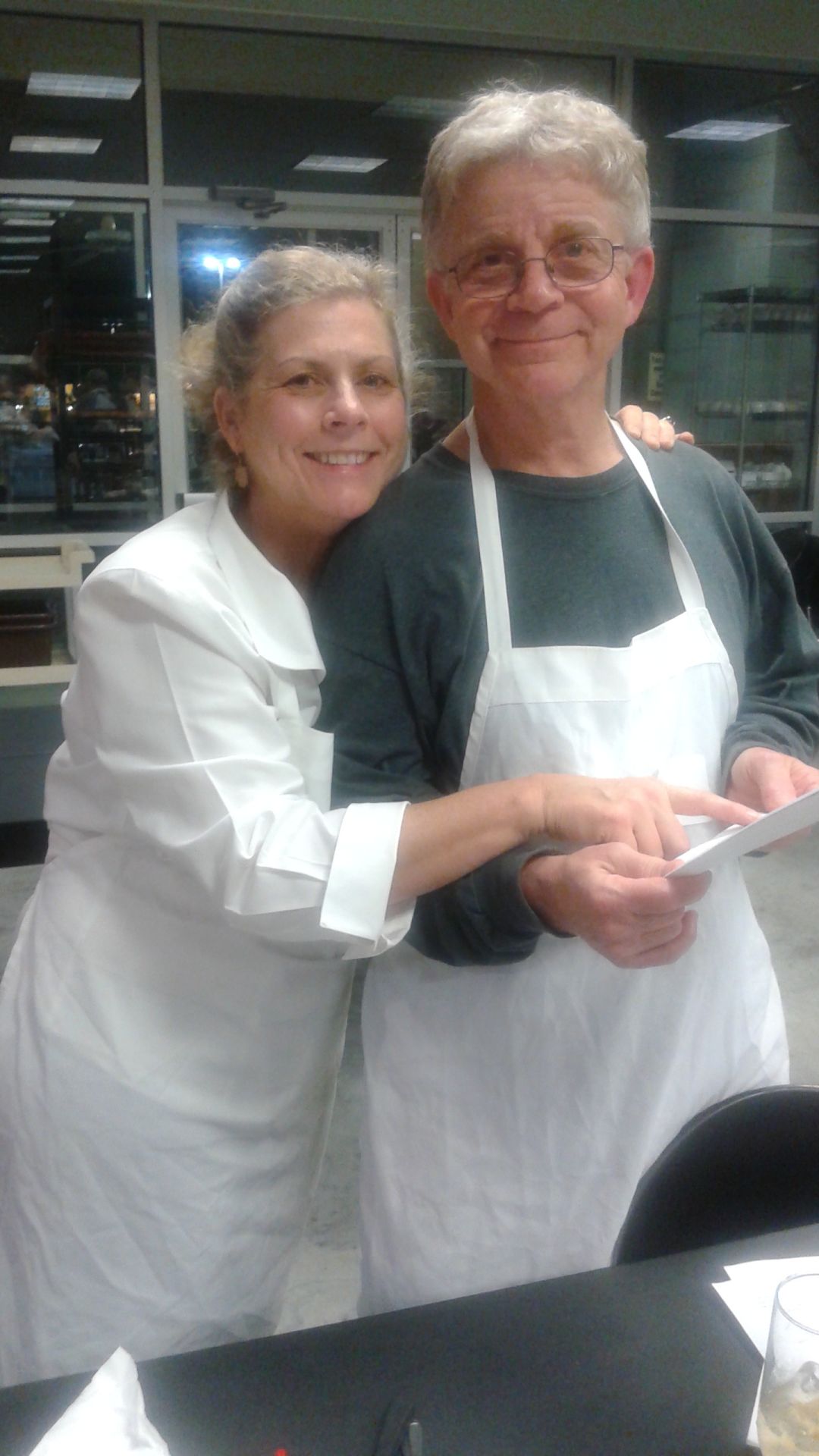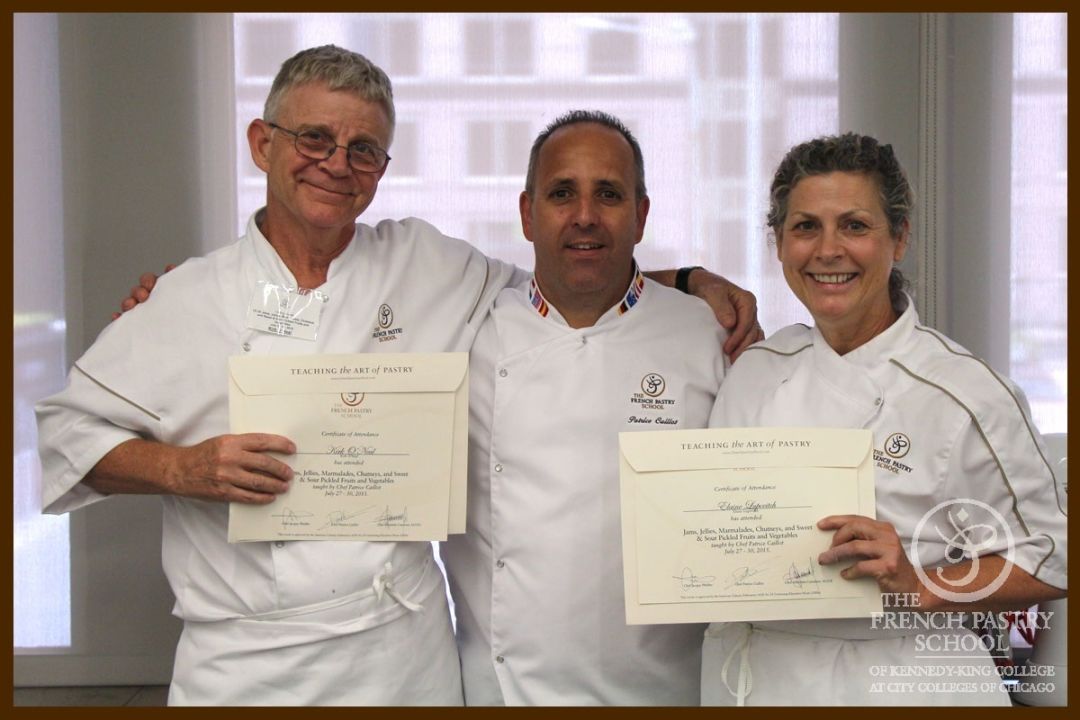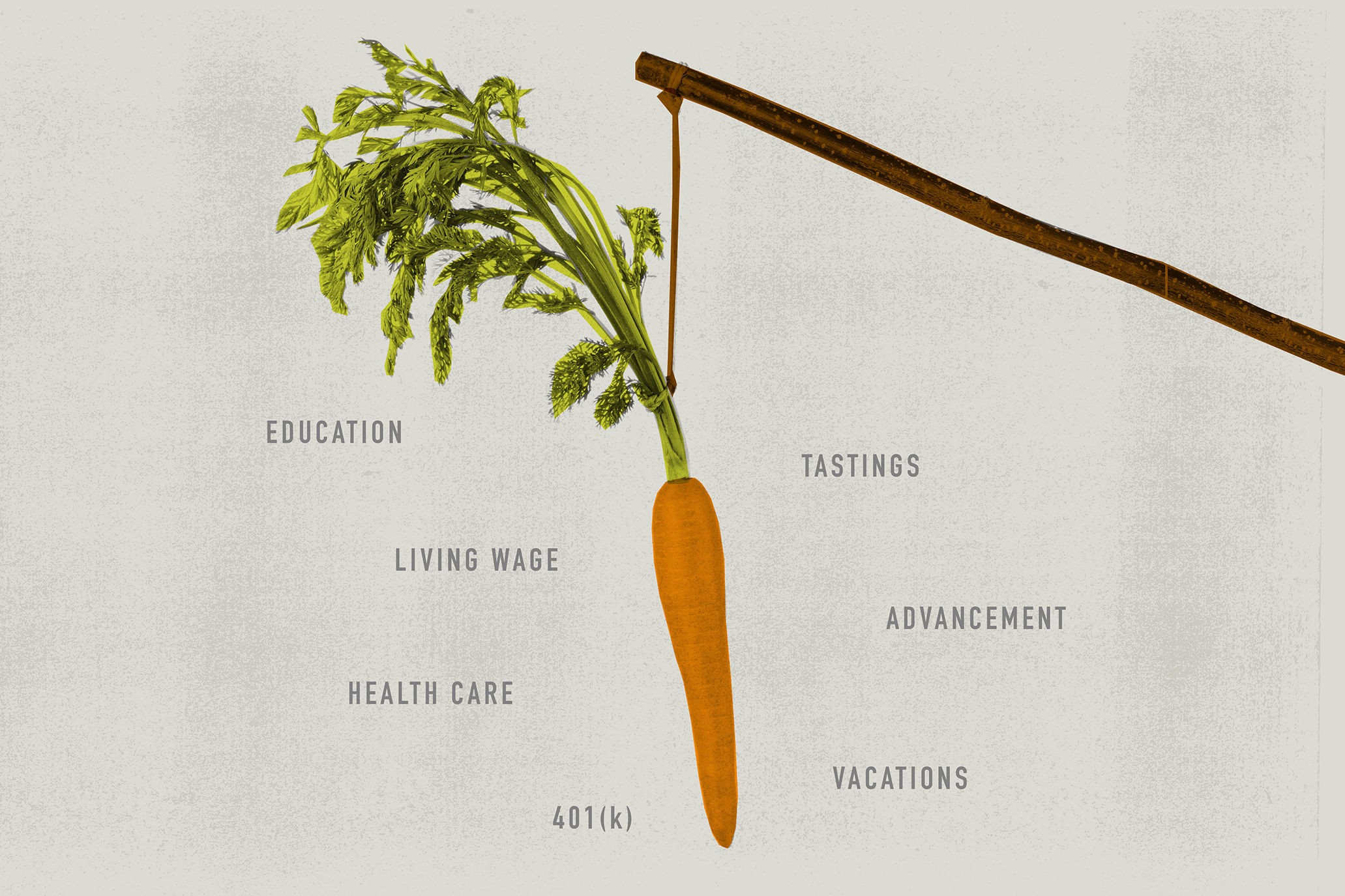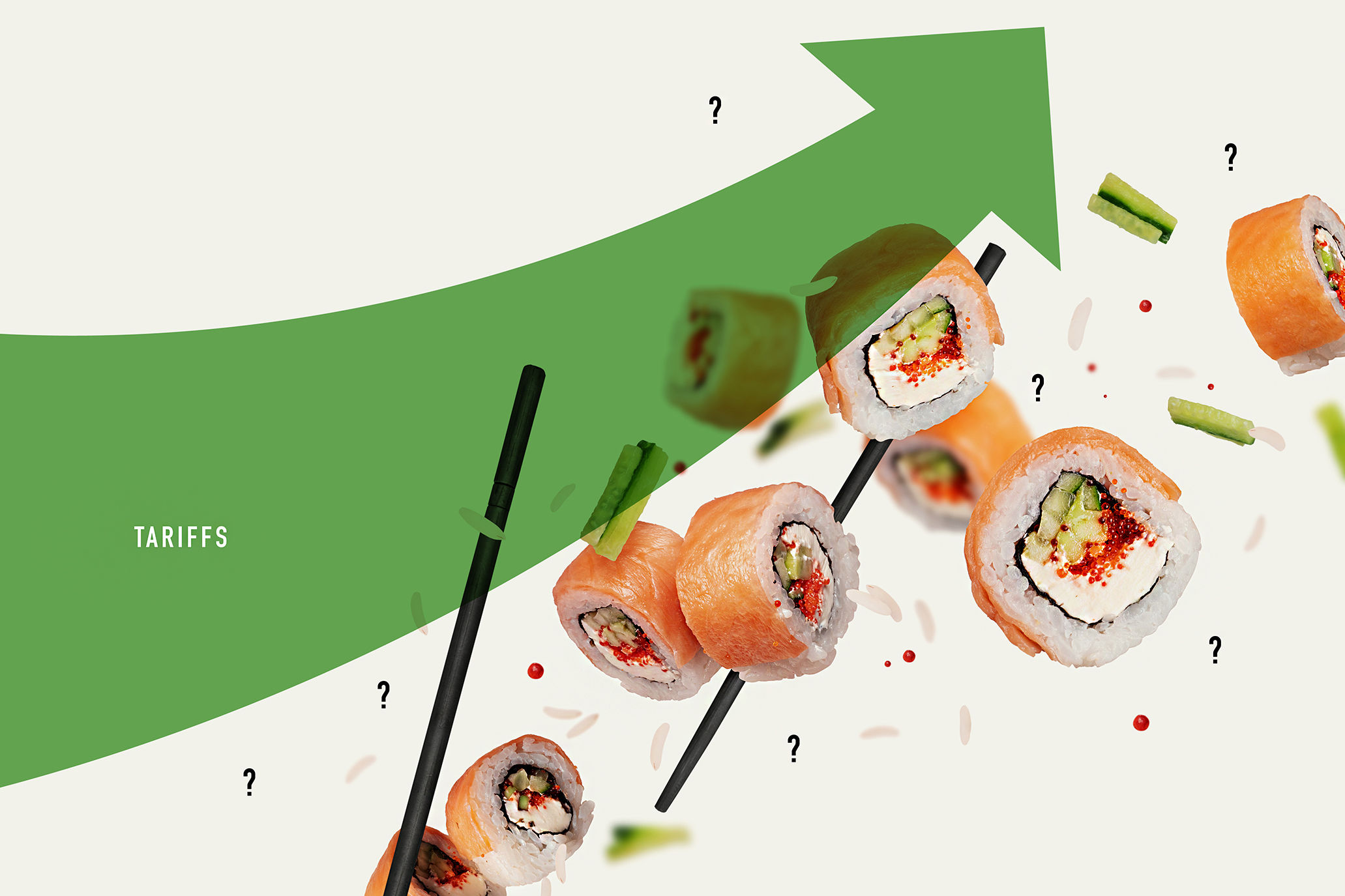Made in Houston: Garden Dreams Houston

Elaine Lupovitch and Kirk O'Neal at work.
When Kirk O’Neal and Elaine Lupovitch were blessed with an abundance of citrus one year they had to devise a plan to utilize the excess—and quickly. The answer, they decided, was marmalade. Years later, that idea has become the foundation for Garden Dreams Houston, a thriving part-time business founded on principles of seasonality, sustainability, and above all, quality, through the transformation of fresh produce to preserved goods. As middle school teachers they value the importance of passing on knowledge and tradition, two elements they integrate into their business with every opportunity.
Name(s): Kirk O’Neal and Elaine Lupovitch
Product name: Garden Dreams Houston
Age of business: Nearly five years
Type of product: Jams, jellies and salsas, as well as pickled items including spicy and classic dill pickles, spicy dill carrots, cucumber relish and beets
Where to find it: Urban Harvest Farms Market, various festivals such as the Houston Hot Sauce Festival, Savory Spice Shop in Rice Village, Urban Eats, La Table and Blue Horizon Seafood.
Houstonia: How did you come up with the the name Garden Dreams Houston?
Elaine Lupovitch: Both of us came from families of having gardens and with your garden you’re always dreaming of what you’re going to do with the harvest and how you’re doing to sustain the harvest and preserve the harvest. Because it’s always great during the winter being able to pull out a jar of your tomatoes that you’ve canned and your peach jam. It seems even more precious.
When we started, we had all these kinds of different small gardens—our backyard gardens, our community garden, my mother’s garden. And we were dreaming of what we could do with the gardens. And then we said Garden Dreams Houston because we really wanted the stamp of Houston on it. Because we really want to say we’re about this area [and] we’re about Southeast Texas. We really want to highlight the amazing seasons that we have here in Houston and the area and what we can grow. Because we think a lot of people don’t realize the variety, the diversity and the length of our growing season.
Your logo features bluebonnets and Meyer lemon. How did you choose that?
EL: It all started with a wonderful crop of Meyer lemons—we ended up with the garage full of all these Meyer lemons. We wanted the logo to show our connection with the Meyer lemon, which is also one of the hallmark citrus plants here in Houston that we grow. It’s such a wonderful citrus that we have.
Kirk O'Neal: And on our sign we have a little saying that “When life gives you lemons make marmalade.” That kind of sums it up. That’s how we started. We had this entire garage we got from Elaine’s mom of Meyer lemons and I said “My goodness, we can only use so many.” So I just started looking into how to make marmalade. We studied out in San Francisco in the Bay Area with Rachel Saunders of the Blue Chair Jam Company. And we studied in Chicago at the French Pastry School. So we learned a little bit of different things and met some really cool people. It’s been a wonderful journey.
Why is it important to support local?
EL: I’m all about the local because when you pick the fruit from your garden and you bring it in and cook it, it’s just not the same animal, it doesn’t taste the same. When you pick the tomato that you’ve grown in your backyard and take it to your table it’s a totally different flavor. I think local represents sustainability. It represents how the food is being raised without any kind of chemicals on it, for example, all of these things make a big difference in the way food tastes and of course the way that the food affects us. And also I think it’s being part of the community and it’s connecting with the people who are actually growing the food. It just makes it a different process, a more conscious process.
KO: Part of the deal at Urban Harvest is that we know that we can only get fruit that comes from within 180 miles of Houston. So if we don’t grow it ourselves then we usually either buy it from vendors at the market or we’ll go around and harvest it ourselves. We were at Elaine’s mom’s house recently and picked up maybe 50 pounds of pears. And we’ve got them sitting and ready to make our pear jam with that.
Have you always been interested in food from a producer standpoint?
EL: Your question makes me think about when I started looking at the whole history of canning and preserving. My research took me back to Napoleon when Napoleon wanted to preserve food so he made a contest and a chef from some little village came up with the method for the water bath. And that was really revolutionary back then. And I know that in my family, who were farmers in northeast Texas, for them to be able to preserve the food without refrigeration, without freezers, [and] to be able to preserve the food in cans just made a huge difference in the ability to keep the shelf life longer. I think that we’re always inspired by what other people are doing out there and of course the food scene here in Houston is very exciting and inspirational.

The pair as newly minted French Pastry School grads in 2015.
What’s the best way to use your products?
KO: When we have leftovers of all of our samples we’ll just put it in plain Greek yogurt. Any type of fig jam I always tell customers that it pairs really well with Brie. You can take any of our jellies or jams—because of the consistency and the texture—you can always use those in place of syrup on pancakes or waffles. And then with our savory ones we use those in a lot of cooking. You can use the Drunken Tomato and our Savory Leek to dress up jambalaya, meat loaf, and green beans. You just have to be creative with them.
What are some of the more unusual flavor combinations that you have made that you either thought would work but didn’t, or thought wouldn’t work but did?
EL: We did one called Christmas in July with all of these different crazy ingredients together like pears and nuts and chocolate and dried fruit and rum and cinnamon. That turned out and was a surprise.
KO: One that didn’t turn out was called Salty Dog. I hate to say it, I couldn’t sell it. It was a grapefruit one and I added vodka to it. I didn’t put salt in it but I called it Salty Dog based on the drink. I’ve done a strawberry with Drambuie and I wouldn’t call it a huge seller but with the adults they kinda like that.
Is there anything that you’re able to produce year-round because of Houston’s seasons or does everything truly have a start and an end?
KO: Tomatoes we can do year-round. The salsas we can do pretty much year-round because a lot of the growers have greenhouses. The pepper jellies we can do year-round.




